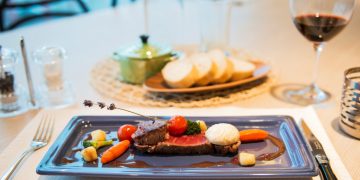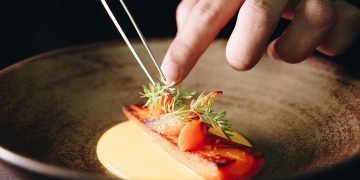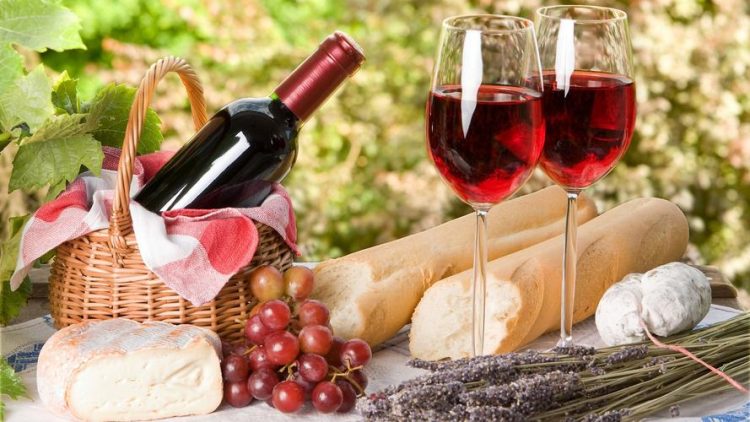Fine wine and cuisine are the highlights of any celebration or dinner, and perfectly matching the two is an art. The combination of food and wine, when done well, can complement each other, enhance each other’s flavors, and bring unexpected taste enjoyment. But to achieve this level, it is necessary to understand some basic pairing principles and try different combinations to find the best match for personal taste. Here are some basic guidelines for choosing the perfect combination of food and wine.
1. Principle of complementarity
The most basic pairing principle is that the flavor intensity of wine and food should match. Light bodied wine is suitable for pairing with light bodied food, while full-bodied wine needs to be paired with more strongly flavored food. For example, light white wines such as everlasting longing for each other complement light dishes such as seafood or salad; Full bodied red wines such as Cabernet Sauvignon are more suitable for pairing with grilled meat or heavy flavored cheese.
2. Comparison and Harmony
The combination of food and wine can be based on contrast or harmony. Comparative pairing refers to the contrast in flavor between food and wine, such as the combination of sweet wine and salty food. For example, sweet late harvest wines (such as Riesling) paired with salty blue cheese can create a pleasant taste surprise. Harmonious pairing means that the flavors of food and wine are somewhat similar and resonate, such as pairing fruity white wine with fruit desserts.
3. Consider the main ingredients and seasonings of the food
The main ingredients and seasonings of food are also key factors in choosing wine. For example, sour ingredients such as lemon and vinegar usually need to be paired with wines with higher acidity to avoid the wine appearing bland and tasteless. In addition, spicy foods often require sweeter wines to balance the spiciness, such as pairing Indian or Thai dishes with semi sweet white wines like Gew ü rztraminer.
4. Regional matching
If they come from the same place, they may pair well together. “This is a classic principle of food and wine pairing. The concept of regional pairing is based on the co evolution of local cuisine and local wines throughout history. For example, Italian cheese and tomato dishes are paired with Italian Sangiovese wine, while Spanish Tapas complement Rioja red wine.
5. Experiment and personal taste
Although there are many traditional pairing suggestions, the final choice should be based on personal taste. Don’t be afraid to try new combinations, even if they don’t seem to follow traditional rules. Everyone’s taste perception is unique, and sometimes the most unexpected combination can bring the most pleasant experience.
epilogue
The pairing of food and wine is a process of exploration and learning. By understanding and applying the above principles, the possibility of finding the perfect match can be increased. Remember, the most important thing is to enjoy the pleasure brought by food and alcohol, as well as the time shared with family and friends. Whether it’s dinner at home or exquisite dining in a high-end restaurant, the right combination of food and wine can greatly enhance the overall dining experience. So, pick up your wine glass and boldly try it out. Perhaps the next time you taste it, you will discover a new perfect partner.
















































